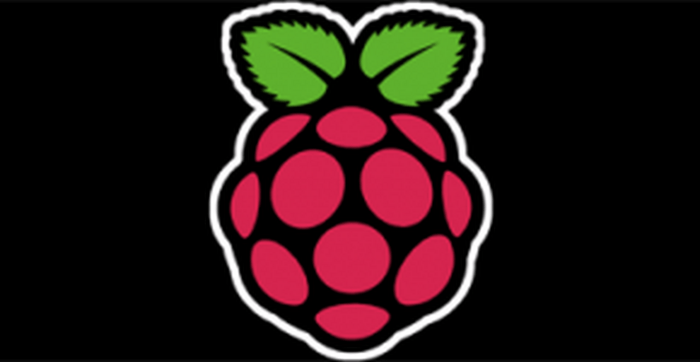Setup Raspberry PI B+ without Display and Keyboard [Complete Guide]
Headless Raspberry Pi Setup Using NOOBS and Ethernet Only #
Ten days after I placed an order on eBay, my first Raspberry Pi arrived—and I was excited to get started. I had already downloaded the NOOBS (New Out Of Box Software) installer from the official website. Everything seemed ready…
Then I realized:
I had no HDMI cable, no USB keyboard, and no USB mouse.
The only thing I had was a 16GB microSD card preloaded with NOOBS. I wanted to install Raspbian (now known as Raspberry Pi OS)—without connecting a display, keyboard, or mouse. And yes, I pulled it off.
If you’re in a similar situation, here’s exactly how I did it:
What You Need #
- A Raspberry Pi (any model that supports NOOBS)
- A microSD card (4GB or larger)
- A laptop or desktop with an SD card reader
- NOOBS (latest version): https://www.raspberrypi.org/software/
Step-by-Step Installation #
1. Format the SD Card Properly #
Use SDFormatter and set:
- FORMAT SIZE ADJUSTMENT → ON
This ensures the entire card is formatted as FAT32.
2. Copy NOOBS Files to the SD Card #
- Unzip the NOOBS archive.
- Copy all files to the freshly formatted SD card.
3. Keep Only the Raspbian OS Folder #
Navigate to the os/ folder inside the SD card.
Delete all other folders except Raspbian.
For example (depending on NOOBS version):
- For NOOBS 1.3.7 → Delete:
Arch,RaspBMC,Pidora,OpenELEC,RISC_OS, anddata_partition - For NOOBS 1.3.10 → Delete:
data_partitiononly
4. Edit flavours.json #
Open: /os/Raspbian/flavours.json
Make sure it contains only the following:
{
"flavours": [
{
"name": "Raspbian",
"description": "A Debian wheezy port, optimised for the Raspberry Pi"
}
]
}
Tip: Delete any .bak or temporary files your text editor may create.
5. Enable Silent Installation #
Open the file:
recovery.cmdline (in the root of the SD card)
Append silentinstall to the end of the line so it looks like this:
runinstaller quiet vt.cur_default=1 coherent_pool=6M elevator=deadline silentinstall
Again, remove any backup or temp files after editing.
6. Plug It In and Let It Install #
- Insert the SD card into the Raspberry Pi.
- Connect an Ethernet cable that provides internet access (via DHCP).
- Power it on.
- Leave it running for about 1 hour.
NOOBS will silently install Raspbian without any user input.
7. Find the Raspberry Pi on Your Network #
Once installed, check your router’s LAN interface to find the newly assigned IP address for the Raspberry Pi.
8. Connect via SSH #
If you’re using a newer NOOBS version (SSH enabled by default), connect like this:
ssh pi@<your-pi-ip>
Default credentials:
username: pi
password: raspberry
Example:
ssh [email protected]
That’s It — You’re In! #
Congratulations, you’ve installed Raspberry Pi OS without a screen or input devices. Now it’s time to explore, experiment, and build cool things.
Got questions or ideas? Drop them in the comments below.
